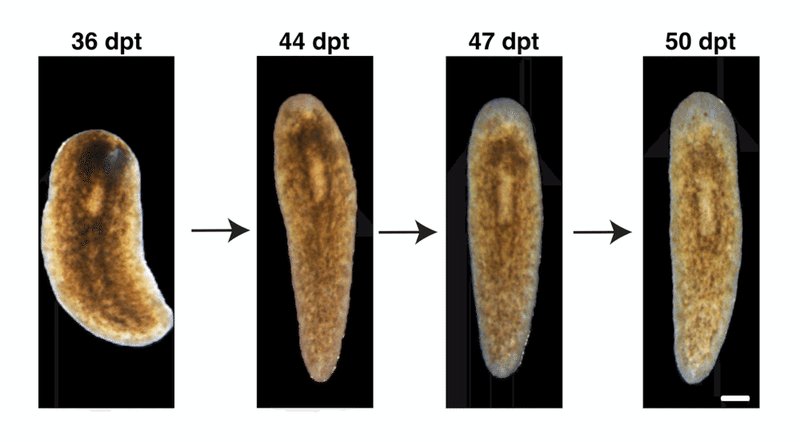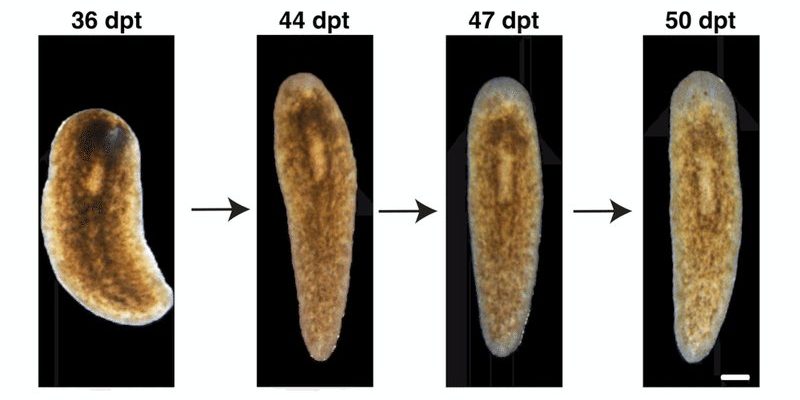
Imagine you’re peering into a small pond. The water is clear, and you can see planaria wriggling about. Their actions aren’t random; they react to environmental cues like temperature and light, which changes with the seasons. So, what exactly do planaria do at different times of the year? Let’s dive into the seasonal behavior patterns of these fascinating organisms observed in field studies.
What Are Planaria?
Before we get into their seasonal behaviors, let’s clarify what planaria are. These creatures belong to the class Turbellaria and are known for their unique flat bodies. Typically, planaria can be found in various freshwater environments, including ponds, lakes, and streams. Their body structure allows them to absorb nutrients directly through their skin, making them interesting subjects in studies about regeneration and behavior.
You might be wondering why scientists are so keen on studying planaria. Well, they have a remarkable ability to regenerate lost body parts, which opens up fascinating discussions about biology and medicine. With an example, if a planarium loses part of its tail, it can regenerate it completely. This skill makes them intriguing not only for ecology but also for research in fields like regenerative medicine.
Influence of Temperature
Temperature is one of the primary drivers of seasonal behavior in planaria. As temperatures rise in spring and summer, these creatures become more active. You could think of it like waking up on a bright, sunny morning—it energizes you, right? Similarly, warmer temperatures encourage planaria to become more mobile and engage in feeding.
In colder months, however, planaria slow down significantly. When the temperature drops, it’s as if they decide to hibernate. Their metabolism slows, and they spend more time hiding under rocks or within vegetation, waiting for the warmth to return. This shift is crucial for their survival, helping them conserve energy during less favorable conditions.
Light Exposure and Its Effects
Light is another crucial factor impacting planaria’s behavior. As daylight hours lengthen in spring and summer, planaria are triggered to become more active. They thrive in illuminated areas, feeding and exploring their environment. This is somewhat akin to how we might feel more active when the sun is shining brightly; it prompts us to venture outside and enjoy nature.
Conversely, during the fall and winter months, you’ll find fewer planaria in the light. They tend to retreat to the safety of shaded areas to escape the harsher conditions. This behavioral shift not only protects them from predators but also allows them to conserve energy, similar to how we might cozy up indoors during a snowstorm.
Feeding Patterns Across Seasons
Planaria also exhibit different feeding habits based on the season. In warmer weather, when food sources are plentiful, planaria actively hunt for prey—like small insects and microorganisms. They’re like enthusiastic diners at a buffet, taking advantage of all the offerings around them.
However, as winter approaches and food becomes scarce, planaria may resort to a more opportunistic feeding strategy. They often slow their feeding and rely on stored energy, much like how we prepare for a long winter by stocking up on food. This adaptability is vital for their survival, ensuring they can manage through leaner times without compromising their health.
Reproduction and Seasonal Changes
Reproduction is another critical aspect influenced by seasonal changes. During spring and summer, when conditions are favorable, planaria reproduce more actively. They can reproduce both sexually and asexually, giving them flexibility in how they increase their numbers. It’s like a party where everybody’s invited, and everyone’s trying to make new friends!
On the flip side, as fall sets in and temperatures drop, their reproductive activities significantly decrease. This downturn helps the species limit reproduction to periods of environmental stability, ensuring that their offspring have the best chance of survival.
Migration Patterns
Interestingly, some field studies have suggested that planaria may even exhibit migration patterns related to seasonal changes. As water levels fluctuate with the seasons, planaria may move toward areas with more stable environments. Think of it like how some birds fly south for the winter—planaria can be quite strategic about where they go too!
During summer, when everything is abundant, they might spread out to take advantage of the extensive food resources available. However, as winter approaches, they tend to cluster in safer, warmer spots to avoid harsher conditions. This behavior not only illustrates their adaptability but also highlights how interconnected they are with their environment.
Field Studies and Observations
Field studies focusing on seasonal behavior patterns of planaria reveal much about their living habits. Researchers often set up observations in various freshwater habitats throughout the year. By documenting behaviors across seasons, scientists can get a clearer picture of how environmental factors shape the lives of these fascinating creatures.
In these studies, scientists collect data on temperature, light exposure, food availability, and reproductive patterns, which is essential for understanding broader ecological impacts. For example, what happens if a drought occurs? How do planaria adapt? These vital questions help researchers predict how global changes may affect aquatic ecosystems.
In essence, observing planaria in their natural habitat offers invaluable insights into the broader impacts of environmental changes. By taking a careful look at their seasonal behavior patterns, we can better appreciate the delicate balance of nature.
The seasonal behavior patterns of planaria are a testament to nature’s intricate designs. These tiny flatworms adapt their activities based on temperature, light, food availability, and even reproductive opportunities. By observing these shifts, we not only learn more about planaria but also gain insights into the broader ecosystem they inhabit.
So next time you spot planaria in a pond or stream, take a moment to appreciate their story. They may be small, but their behaviors reveal a remarkable resilience and adaptability that resonates with us all. Just like us, they navigate the challenges of changing seasons, showcasing the beauty and complexity of life in every form.

